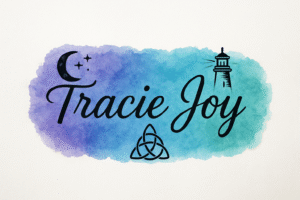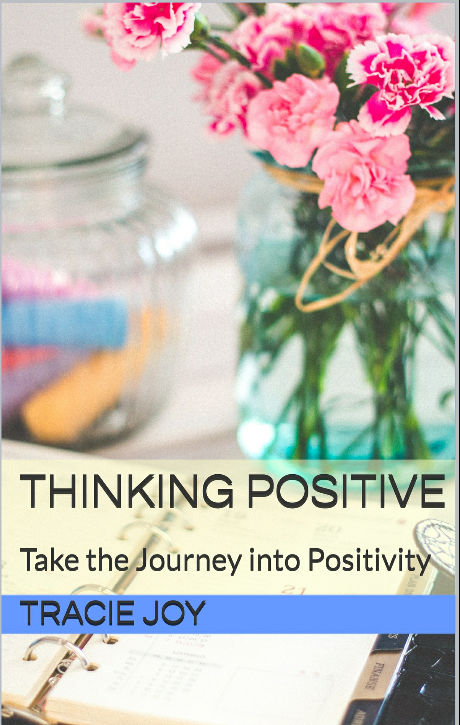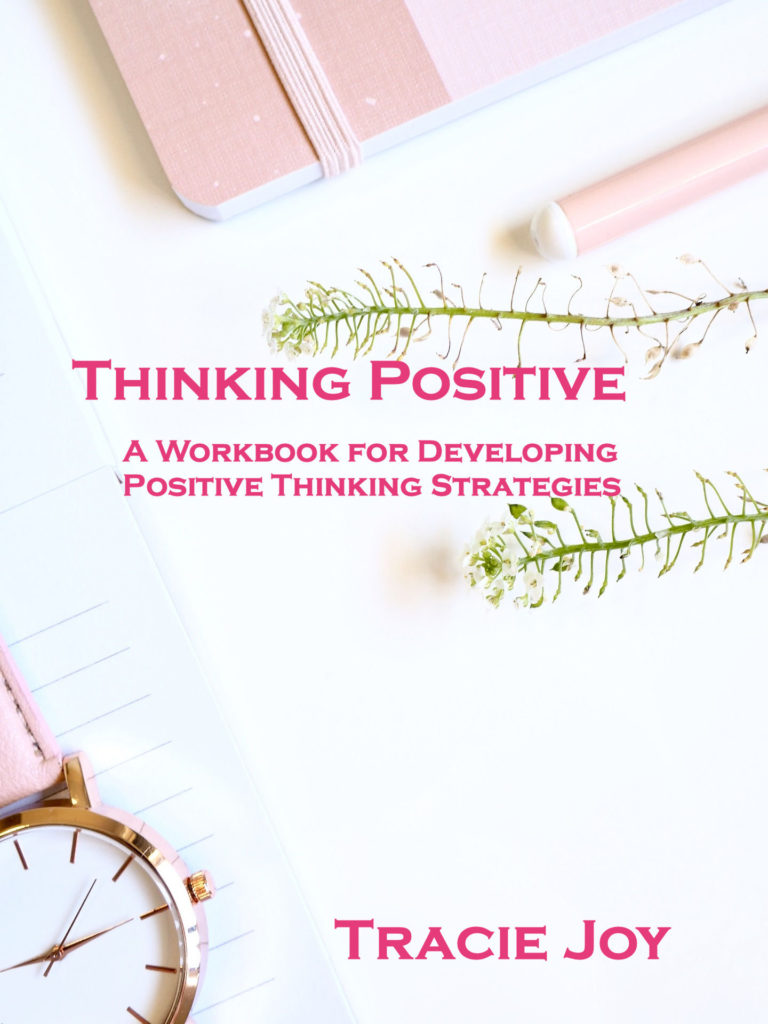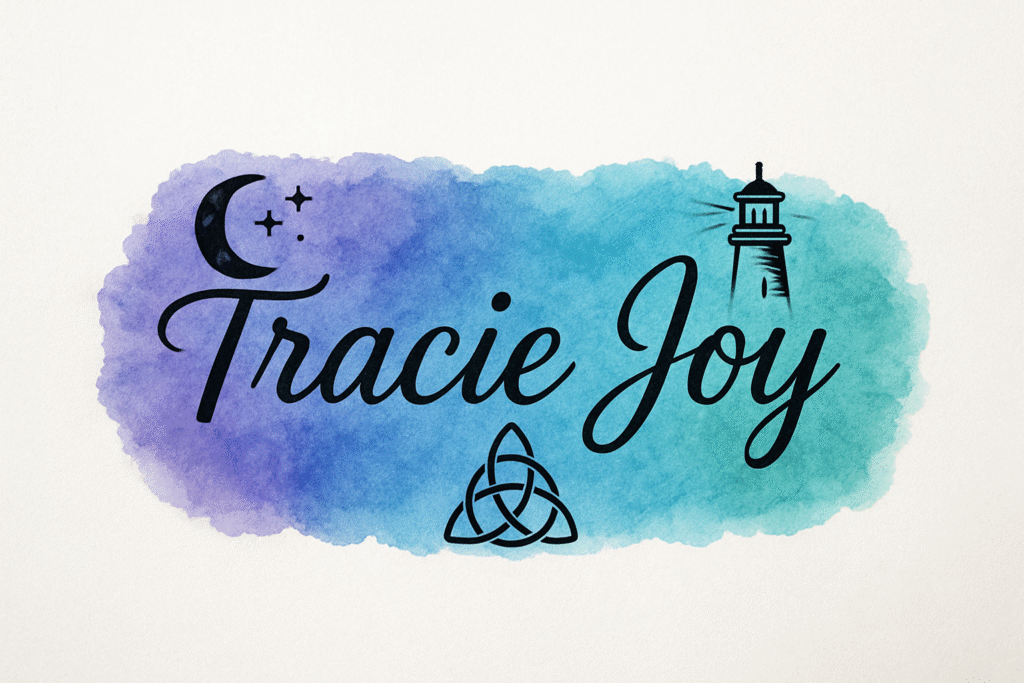How to Write a Query Letter That Gets Noticed
Writing a query letter can feel intimidating—your entire book gets one page to make a first impression. The good  news? With the right structure, voice, and details, you can craft a professional pitch that makes agents want more.
news? With the right structure, voice, and details, you can craft a professional pitch that makes agents want more.
But first, stop freaking out. You can totally do this. I mean, you wrote a whole book! That’s incredible. A book that the world deserves to see. And the very first step toward getting that book into readers’ hands is drafting the perfect letter.
7–9 minute read
Free Resource: Query Letter Checklist
 Before you hit send, run your pitch through this quick checklist. It covers the essentials—hook, pitch, comps, genre, word count, and more.
Before you hit send, run your pitch through this quick checklist. It covers the essentials—hook, pitch, comps, genre, word count, and more.
Opens in a new tab · one page printable
What a Query Letter Is (and Isn’t)
A query letter is a one-page pitch that introduces your book to a literary agent or editor. Its job is simple: hook the reader, clearly describe your manuscript, and show you’re a professional worth considering.
What it’s not:
- It’s not a full synopsis (save that for when they ask).
- It’s not your entire writing resume.
- And it’s definitely not a love letter to your own genius.
Think of it as your elevator pitch—short, sharp, and impossible to ignore.
The Core Components of a Strong Query Letter
- The Hook. A one-liner that grabs attention and sets the tone.
- The Pitch. One or two paragraphs that nail your protagonist, their goal, the central conflict, and the stakes.
- The Bio. Keep it short and relevant. If you’ve got writing creds, great. If not, that’s okay—don’t force it.
- The Closing. A polite sign-off with your genre, word count, and offer to send more.
Tips to Make Your Letter Stand Out
- Personalize. Use the agent’s name and explain why you picked them. (Yes, they notice.)
- Show your voice. If your book is snarky, let the letter wink. If it’s gothic and moody, keep it sharp.
- Be specific. Include your genre, word count, and a couple of comparison titles.
- Stay professional. Passion is good. Calling your book “the next Harry Potter” is… not.
Craft tip: tightening your prose here pays off when they read your pages. For more on that, check out my guide to writing compelling characters.
Common Mistakes to Avoid
- Being too vague.
- Overloading with backstory.
- Ignoring submission guidelines (seriously, they matter).
- Writing more than a page (aim for ~300 words).
Sample Query Letter Template
 Dear [Agent’s Name],
Dear [Agent’s Name],
[Opening hook—one or two sentences that capture tone, premise, and stakes.]
[Pitch paragraph(s): Who’s your protagonist, what do they want, what’s standing in their way, and what happens if they fail?]
[Short bio with relevant credentials. If you don’t have any, keep it simple and professional.]
My completed [genre] manuscript, [Title], is approximately [word count] words and will appeal to readers of [2–3 comparison titles]. Thank you for your time and consideration. I’d be happy to send the full or a partial upon request.
Sincerely,
[Your Name]
For more examples, check out Writer’s Digest’s query letter resources.
Grab the Free Query Letter Checklist
Make your last pass the best pass—use this one-page checklist before you submit.
Includes: hook, pitch, comps, genre/word count, bio, and final proofing.
Query Letter FAQs
How long should a query letter be?
About one page or ~250–350 words. Keep it tight and focused.
Do I include a synopsis?
Nope. The query is just the appetizer. If they want the main course (your synopsis), they’ll ask.
Do I really need comparison titles?
Yes. Comps help agents see where your book fits. Choose 2–3 recent ones that match tone, theme, or audience.
How many agents should I query at once?
Lots of writers send in batches of 5–10. Then tweak the query based on responses before sending more.
Final Pep Talk
Once your letter is done, it’s time to hit send. Deep breath. You can do this.
If you want to turn it into a whole moment, go for it: light a candle, pour a glass of wine, toast yourself, and hit send. (Okay, maybe that’s just me romanticizing the process, but you should definitely celebrate.)
Because here’s the thing: yes, rejections might come. That’s part of the process. But you’re already way ahead of the folks whose manuscripts are still sitting lonely on their laptops. You put yours out there. You took a chance. And that is something you should be ridiculously proud of.



